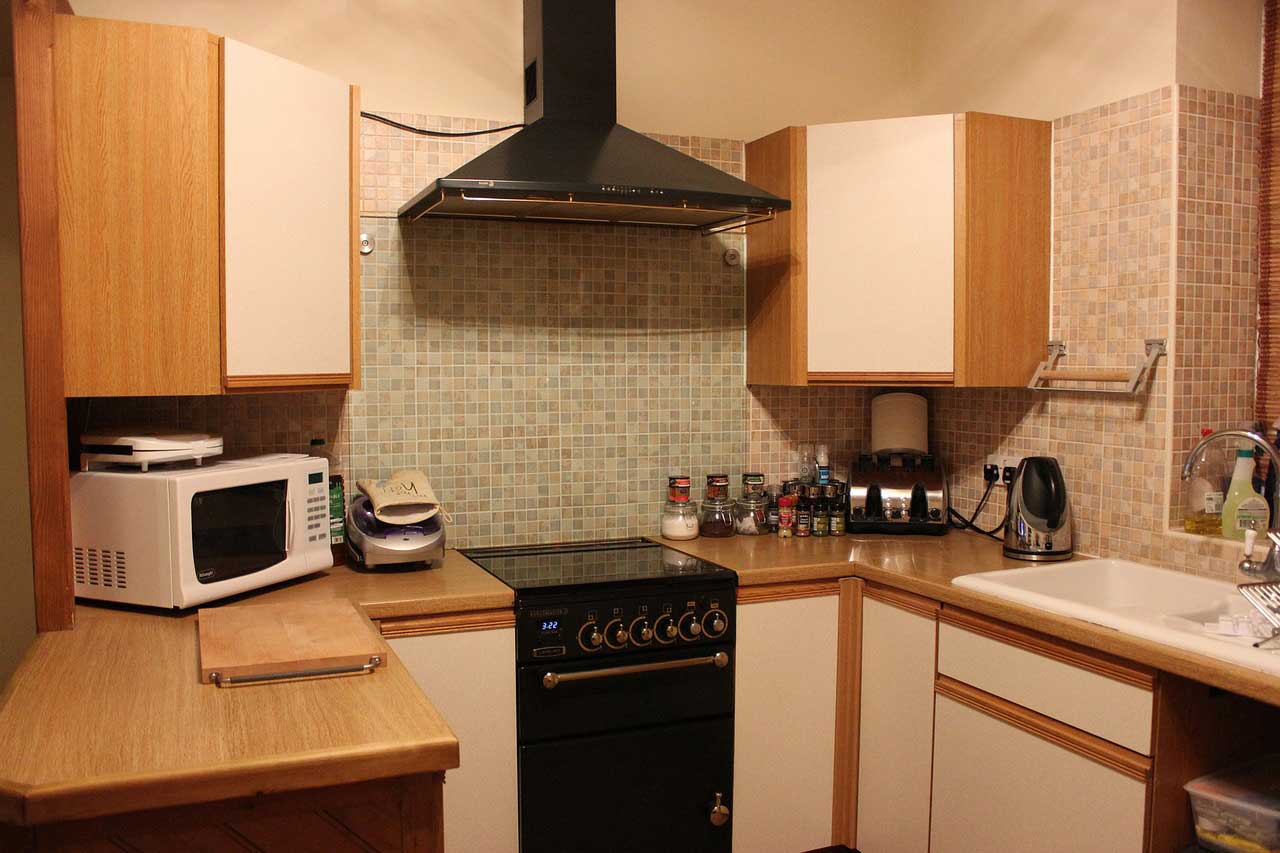Both a toaster oven and a microwave oven are useful appliances that should be in a modern kitchen. However, you might be confused about how they differ. After all, both are considered ovens, so do you really need both or just one and not the other? I will discuss how a toaster oven vs. a microwave oven works to determine what each is best used for.
Simply put, a toaster oven uses a heating element to heat food through convection. Meanwhile, a microwave oven uses electromagnetic radiation that excites the water molecules in the food, which causes it to heat up. These different heating methods have several pros and cons, and thus some tasks are better suited for the toaster oven than a microwave and vice versa.
This article will delve deeper into the differences between a toaster oven and a microwave to see which appliance suits a certain task.
How does an electric oven work?
Toaster ovens use heating elements tucked below and above the interior surface of the oven to heat the air. The heating elements are wires with high electrical resistivity that, when electrified, lets electrons buildup within the wire and thus heat up.
This heat can be distributed naturally (conventional oven) or aided by a fan (convection oven). Most also have an exhaust system to reduce the moisture inside the oven to help make food crispier.
How does a microwave work?
Microwave ovens work by creating electromagnetic waves from their magnetrons that react with the water molecules inside food, thus causing them to heat up.
In contrast to toaster ovens, microwaves do not actually make their compartments hot. They only heat anything that contains water molecules. That is why if you heat food on a plate, you’ll notice that the dish is not hot while steam is coming off of the food.
Toaster Oven vs. Microwave Oven
Because their method of heating food is different, they will also achieve different results and are therefore suited for different tasks. Here is how they differ:
Reheating & Defrosting
The toaster oven is not well suited for this category. In a toaster oven, the air inside the oven is heated by its heating elements. The hot air is what cooks whatever food is inside its compartment. Since the heat from the air is applied to the food’s exterior, it may char and crisp the food on the outside while its insides remain cold.
This also makes defrosting in a toaster oven harder as it can potentially cook the exterior of the food while leaving the exterior untouched, which will result in uneven cooking later on.
In contrast, microwaves emitted by microwave ovens are easily absorbed by food, making it easy to heat the water molecules in the interior of the food. Because the heat is applied this way, it is generally quicker to reheat items in a microwave than in a toaster oven.
This also makes defrosting a breeze, as the heat is more evenly applied throughout the meat than just the exterior.
Cooking and Baking
The temperature inside a countertop toaster oven can go as high as 260°C (500°F), making it capable of cooking and baking food. They can even do some roasting and grilling work, provided that the model that you chose has that capability.
In contrast, since microwave ovens do not make the air hot, this limits their cooking abilities. While you can cook eggs and other food that requires boiling in a microwave oven, you will not be able to cook whole foods in there.
If you want to cook with your microwave, some microwave ovens models have a convection function available. Microwaves with a convection function have an additional heating element tucked at the back of the unit, where a fan distributes the hot air inside the oven for cooking and baking.
Health & Nutrition
You may be thinking that the toaster oven is a more healthy option compared to the microwave oven. After all, it does not produce radiation compared to a microwave oven. However, the persistent myth that microwaves are radioactive has given them a bad reputation in the health world.
Microwaves are classified as electromagnetic radiation. These types of radiation are non-ionizing, which means that they cannot damage the molecular structure of body cells, thus making them completely harmless against humans.
Cooking vegetables in the microwave may also be more beneficial than cooking them elsewhere. Boiling vegetables in water may cause their nutrients to leach out into the cooking water. Since a microwave uses the water molecules already inside the veggies, it could minimize the number of nutrients lost in the cooking process.
Conclusion
Now that you know how both of these appliances work, you can make a better decision when choosing one for your home.
If you want to save space, you should buy a microwave with a built-in convection function. This will blend the functions of an oven toaster and a microwave in one. However, if you are after an oven with a rotisserie function, you should stick to a good old-fashioned oven toaster instead.

Miguel Mores worked for 5 years as a member of the product management team for a home appliance company in the Philippines. He started 101appliance to answer the most common customer questions that he has encountered during his time in the industry. He now works in the digital marketing field and manages a small online bookstore on the side.


